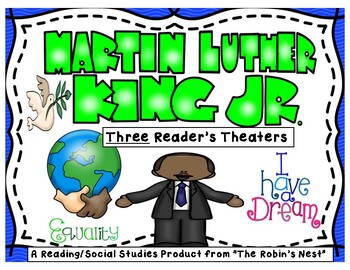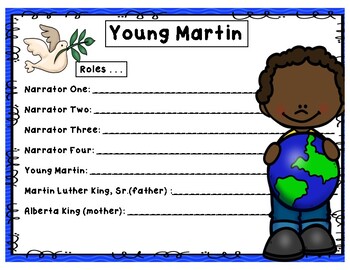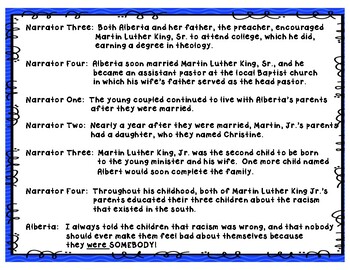Martin Luther King, Jr.--Three Powerful Reader's Theaters!
- PDF
What educators are saying
Description
Do you want your students to have a thorough understanding of Dr. Martin Luther King, Jr.'s life and accomplishments! Then...THIS is the product for you! Three scripts- "Young Martin", "Martin Luther King, Jr. and the Civil Rights Movement," as well as "Martin Luther King, Jr. and the March on Washington" complete this fine product. Each Reader's Theater builds upon previous events and uses examples, photographs, and illustrations to clearly explain the importance of Dr. King to the history of the United States. Also included in this product are the following:
- Higher level vocabulary words
- Vocabulary activities and worksheets that will interest and excite students!
- Anchor Charts
- Examples of Jim Crow laws that once existed
- Vocabulary cards to post in your classroom or in a pocket chart
- Real life stories and examples to illustrate injustices and nonviolent methods
used to bring equality to all citizens, regardless of color
- Plays that are written at a high interest level for intermediate elementary
students
- Photographs and colorful illustrations
- Plays that enrich your students' vocabularies while at the same time increase
their oral fluency and expression, as well as comprehension skills
A GREAT way to integrate social studies with reading!





